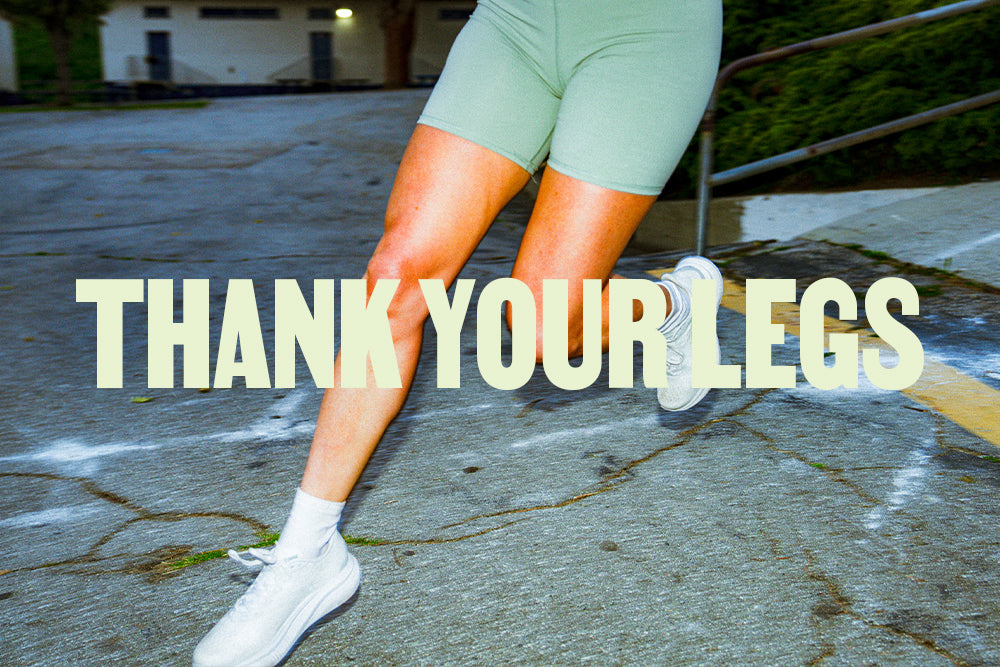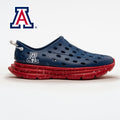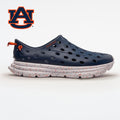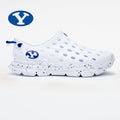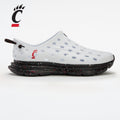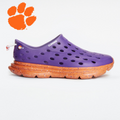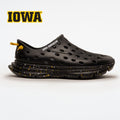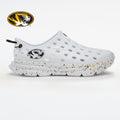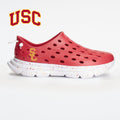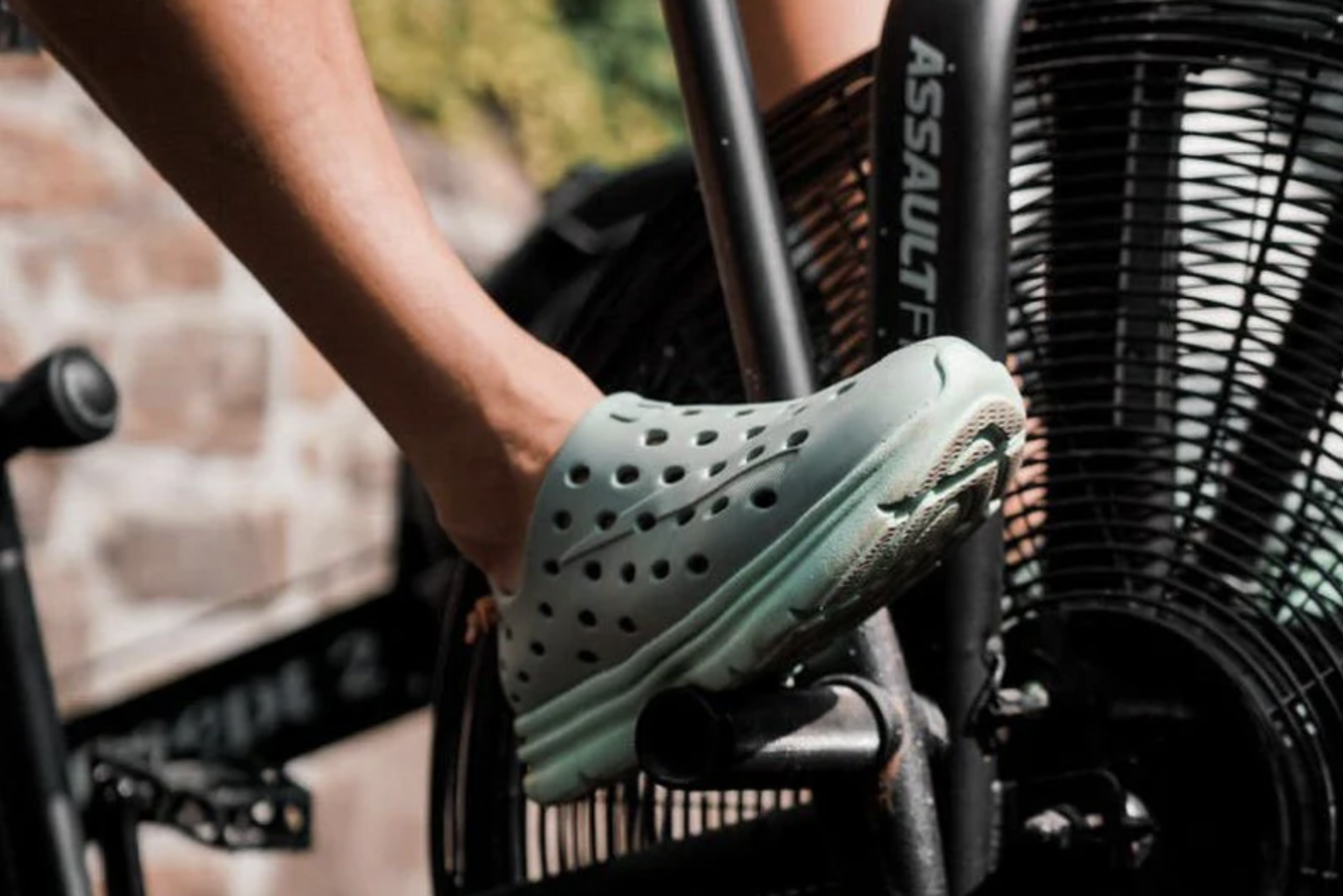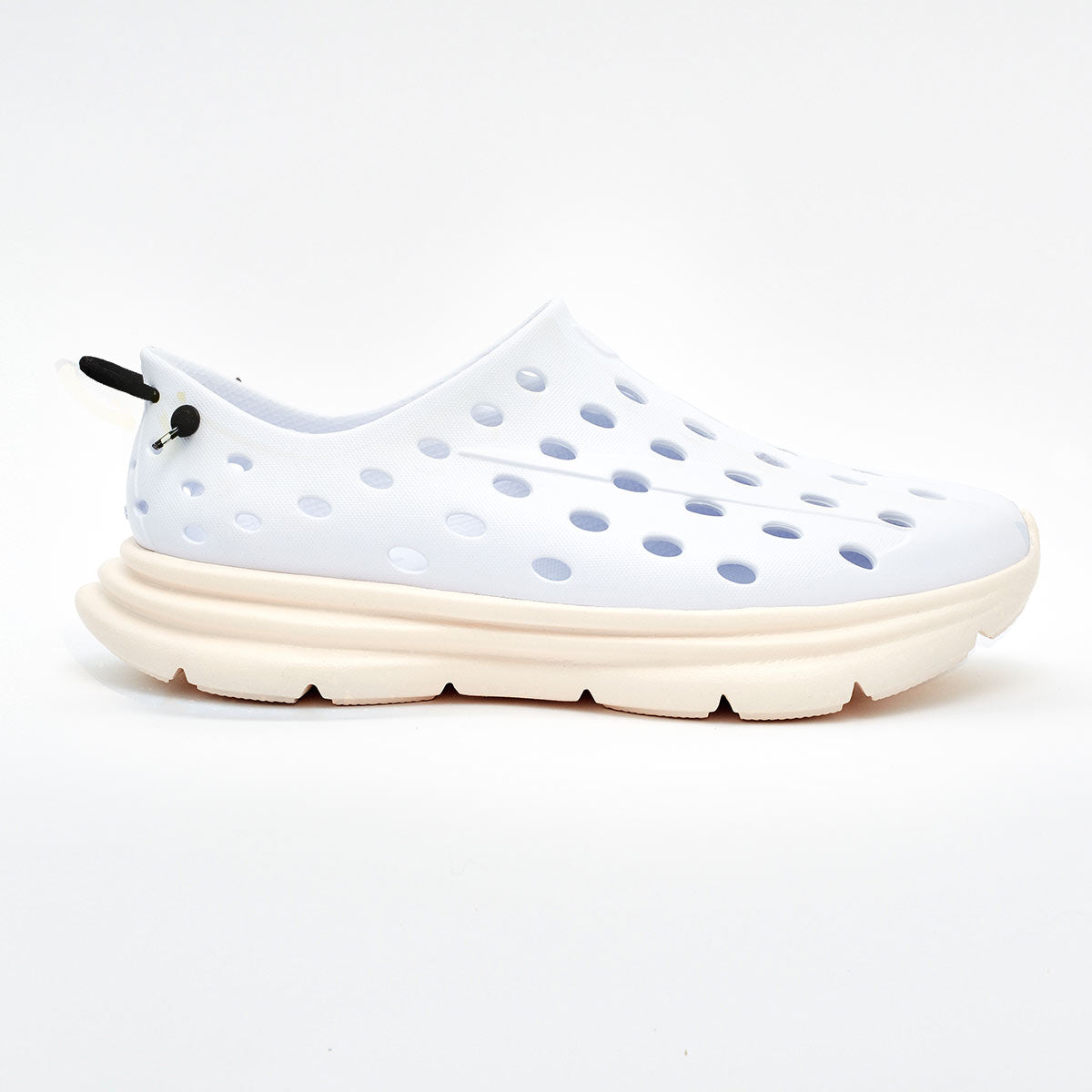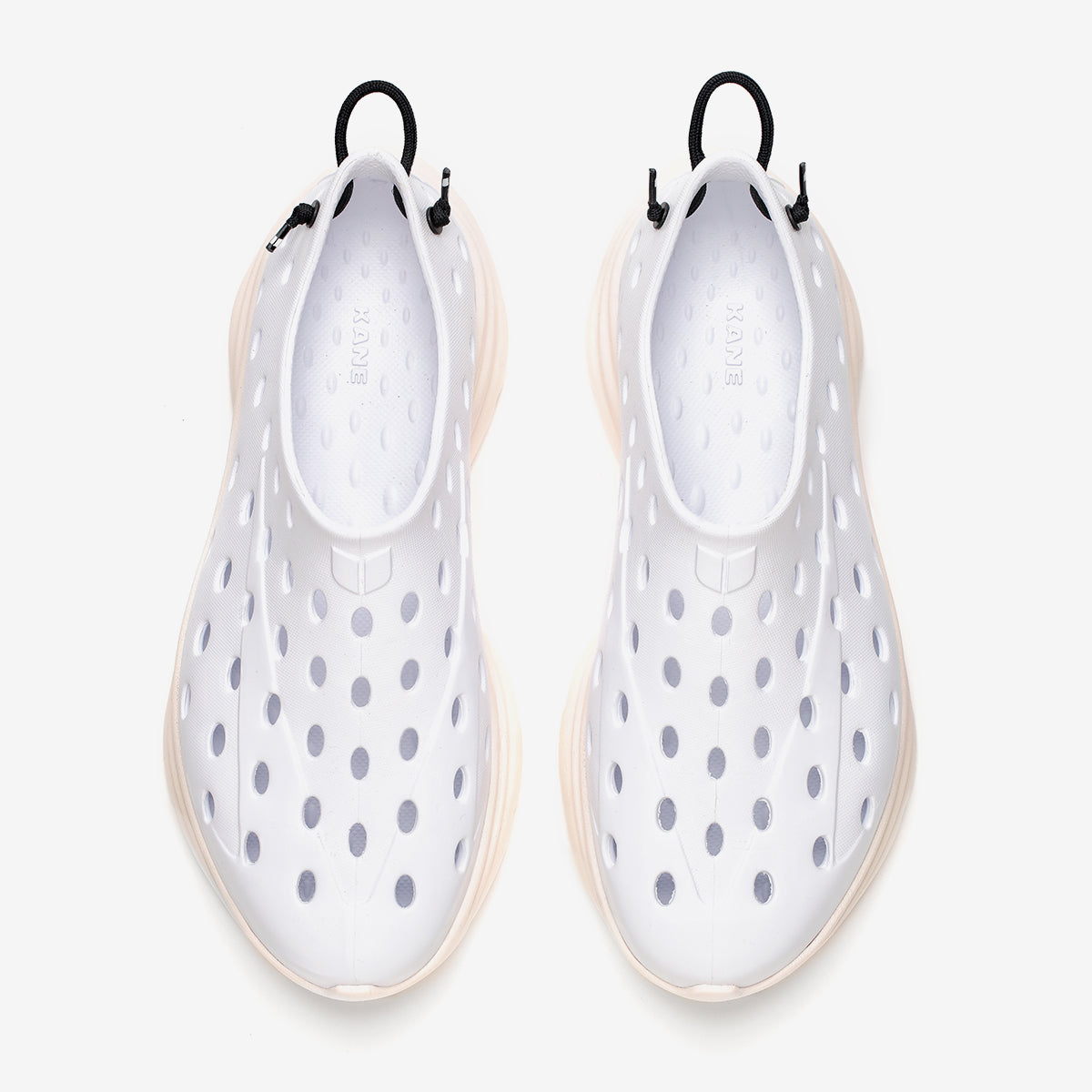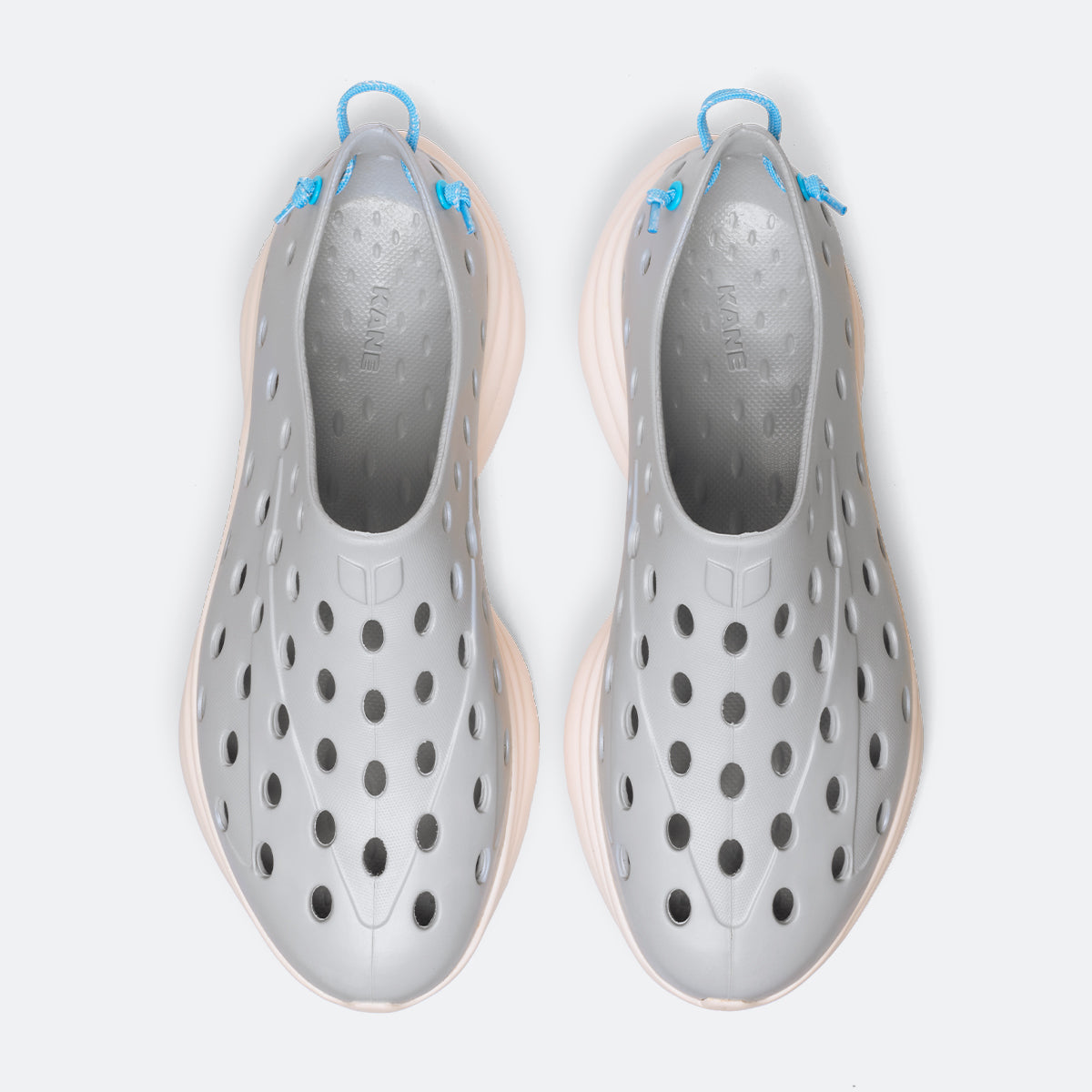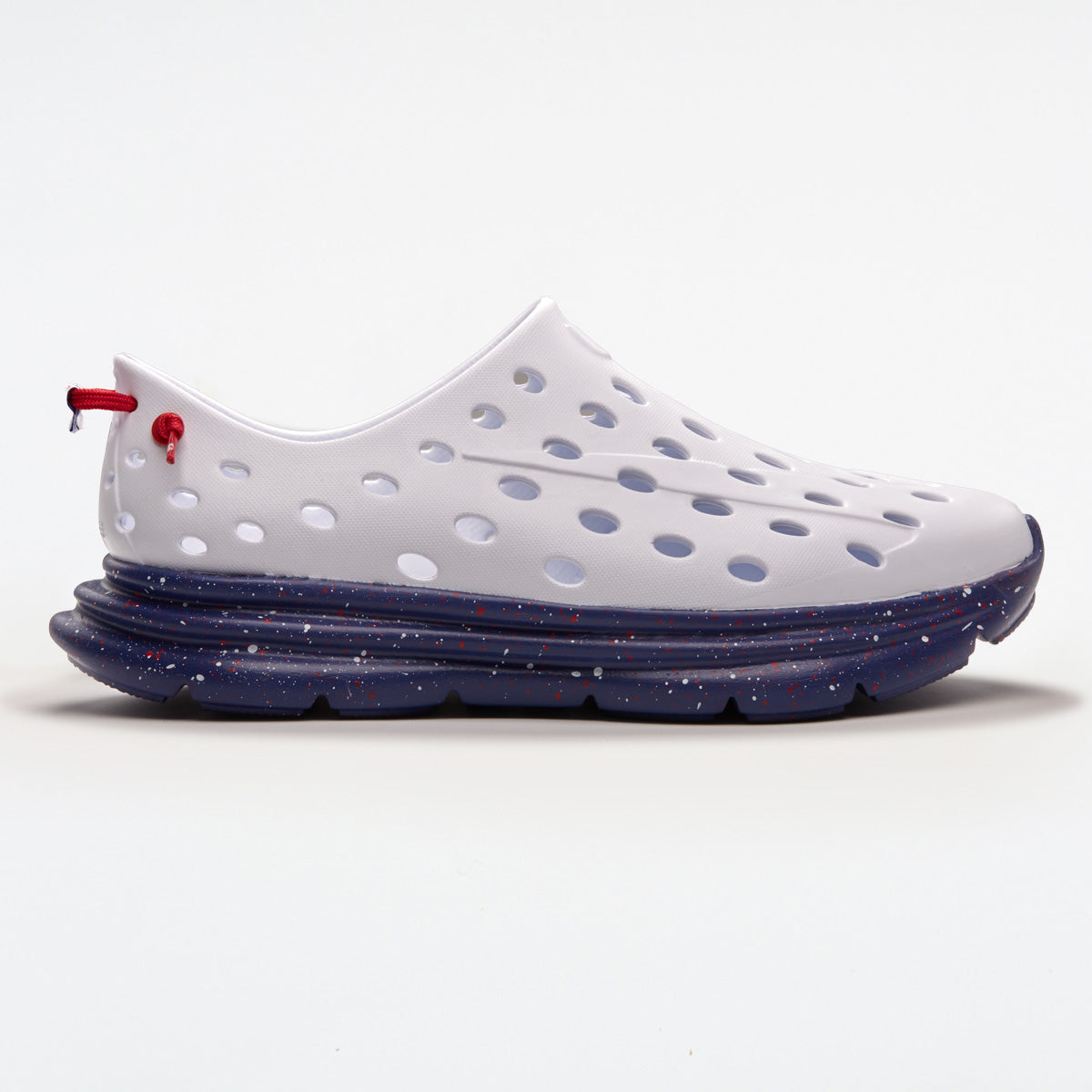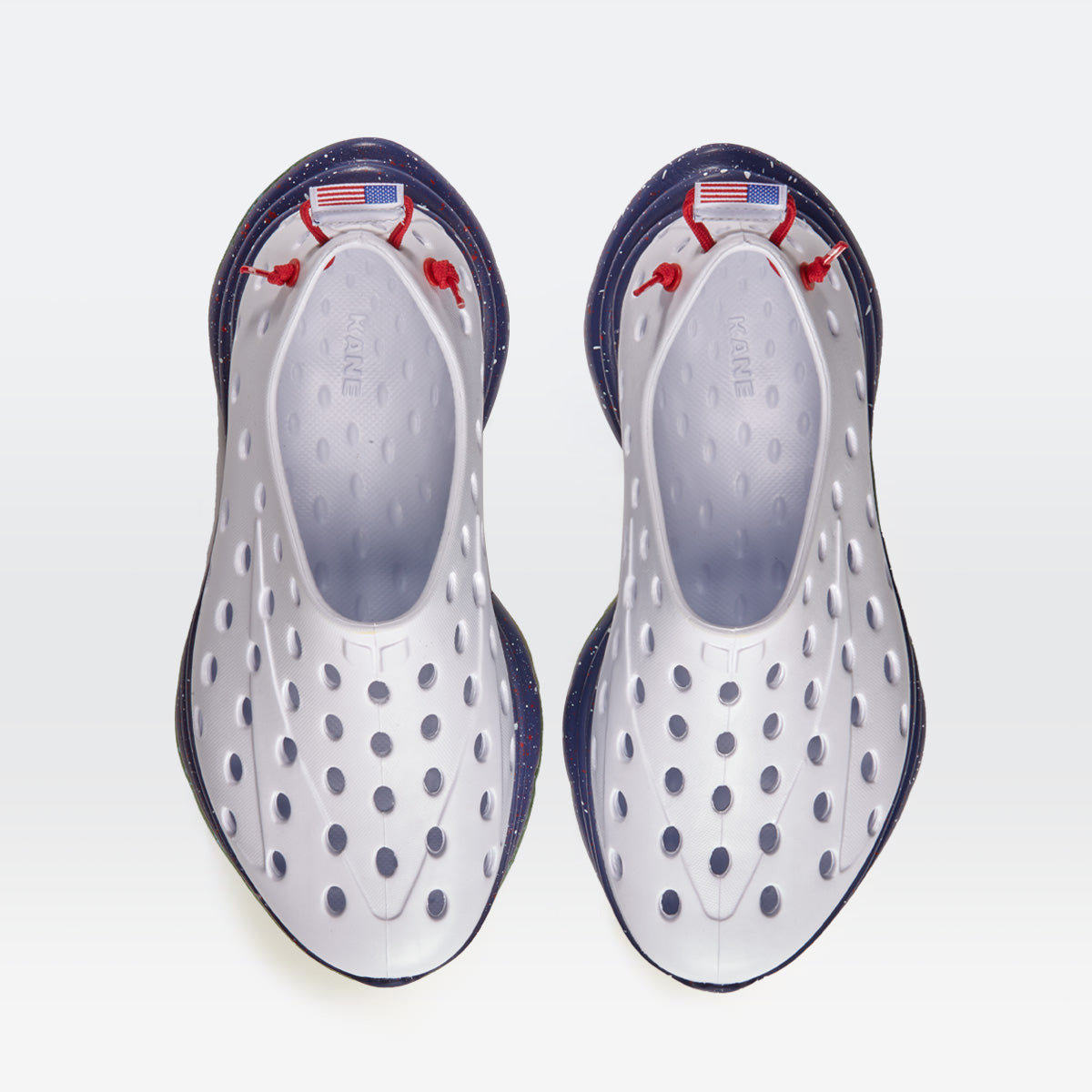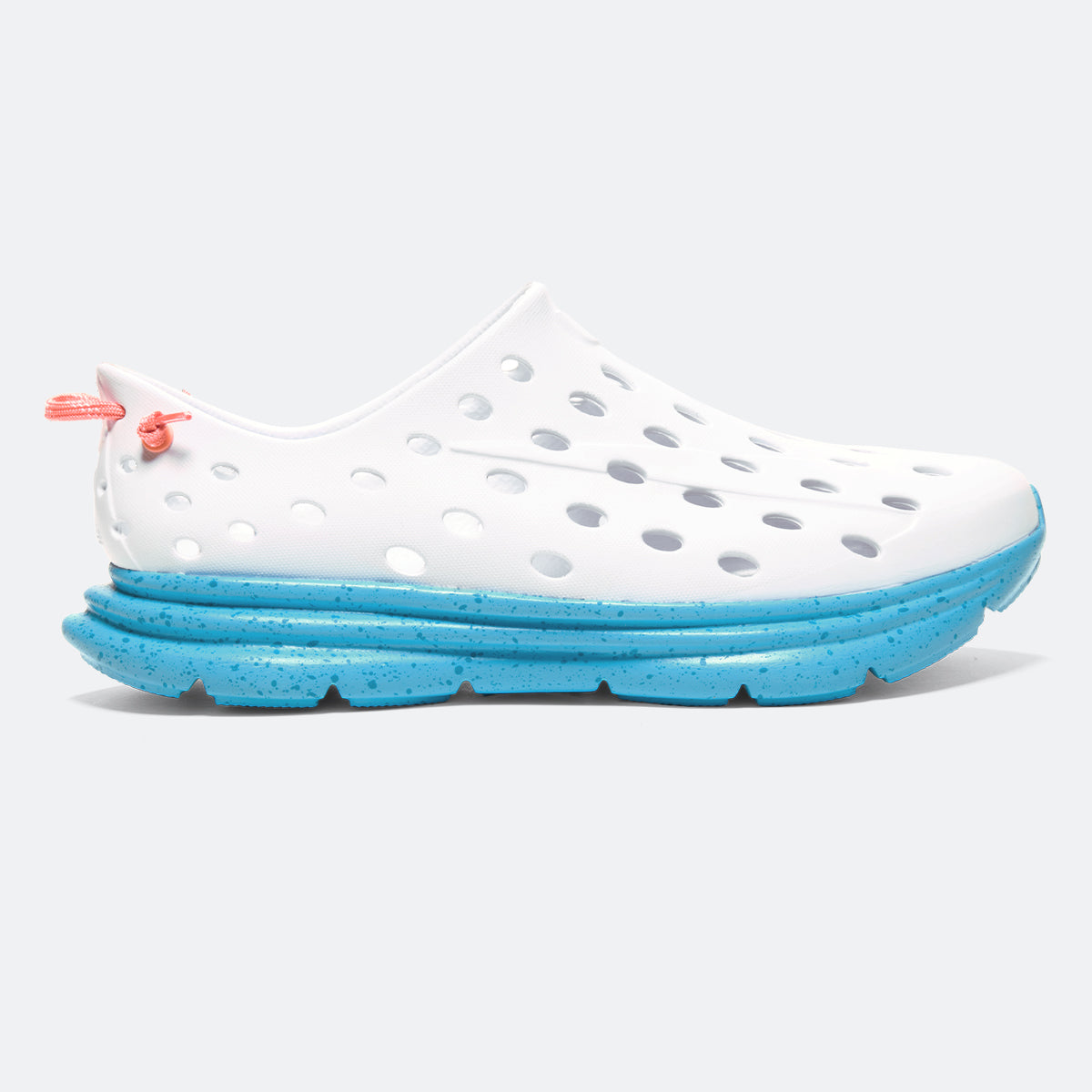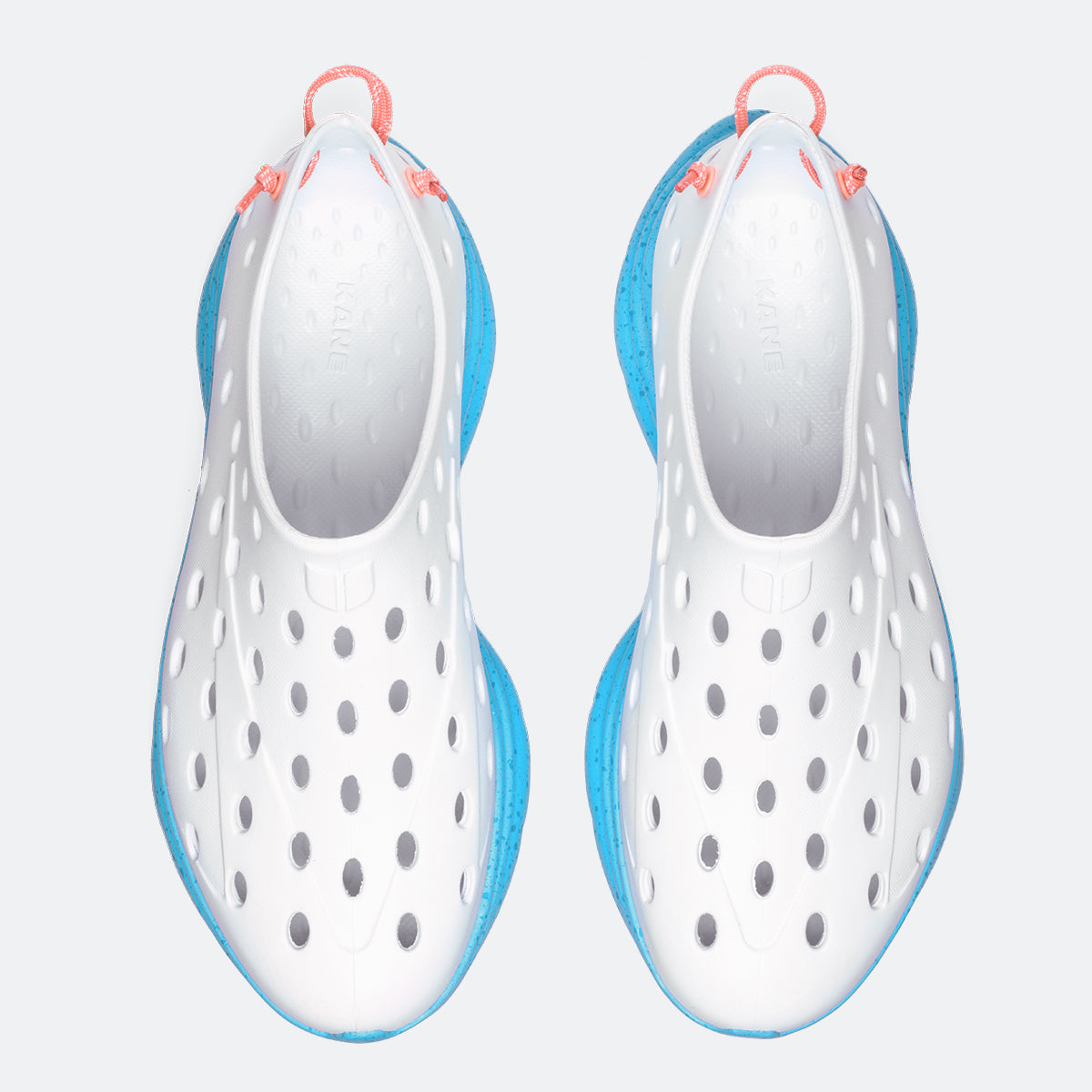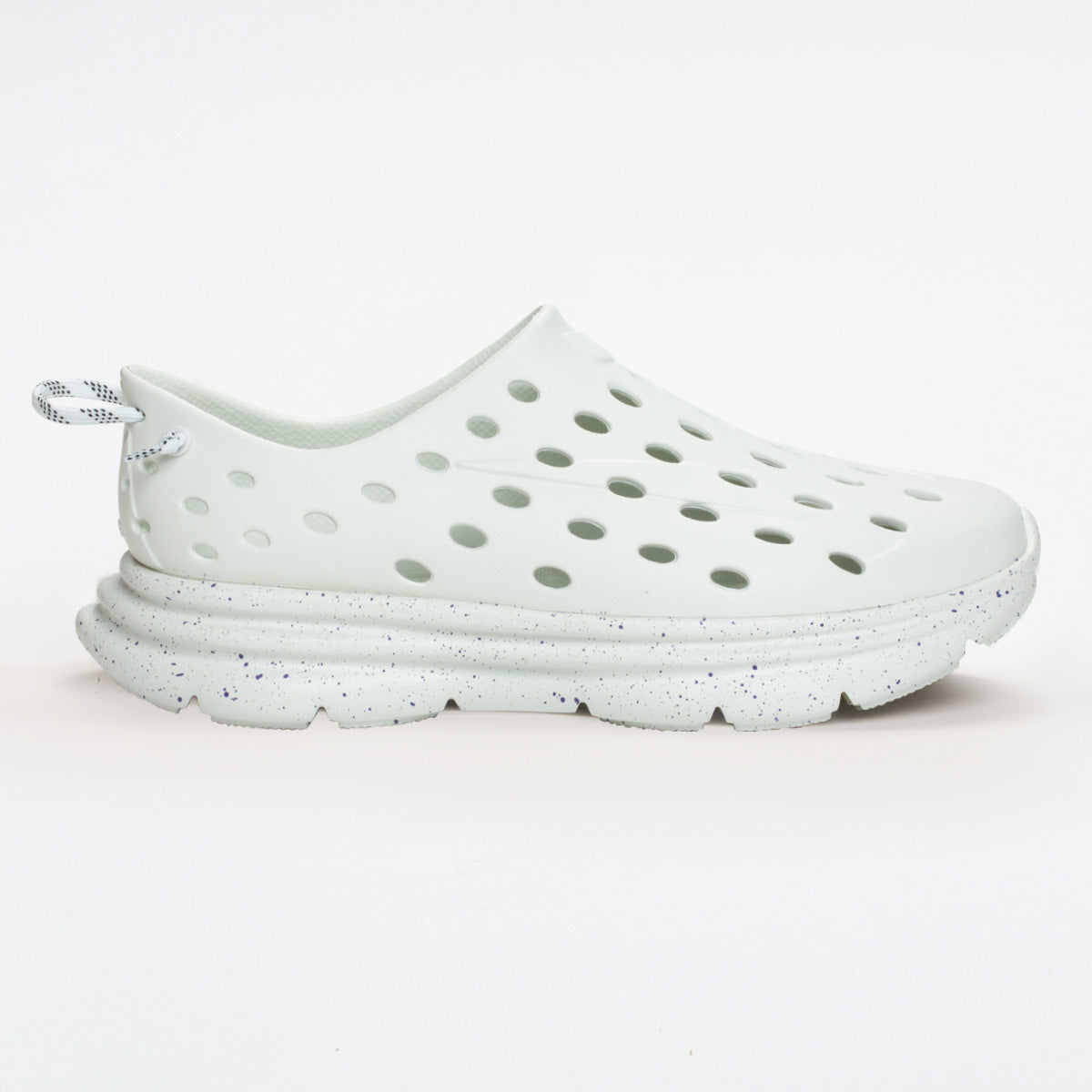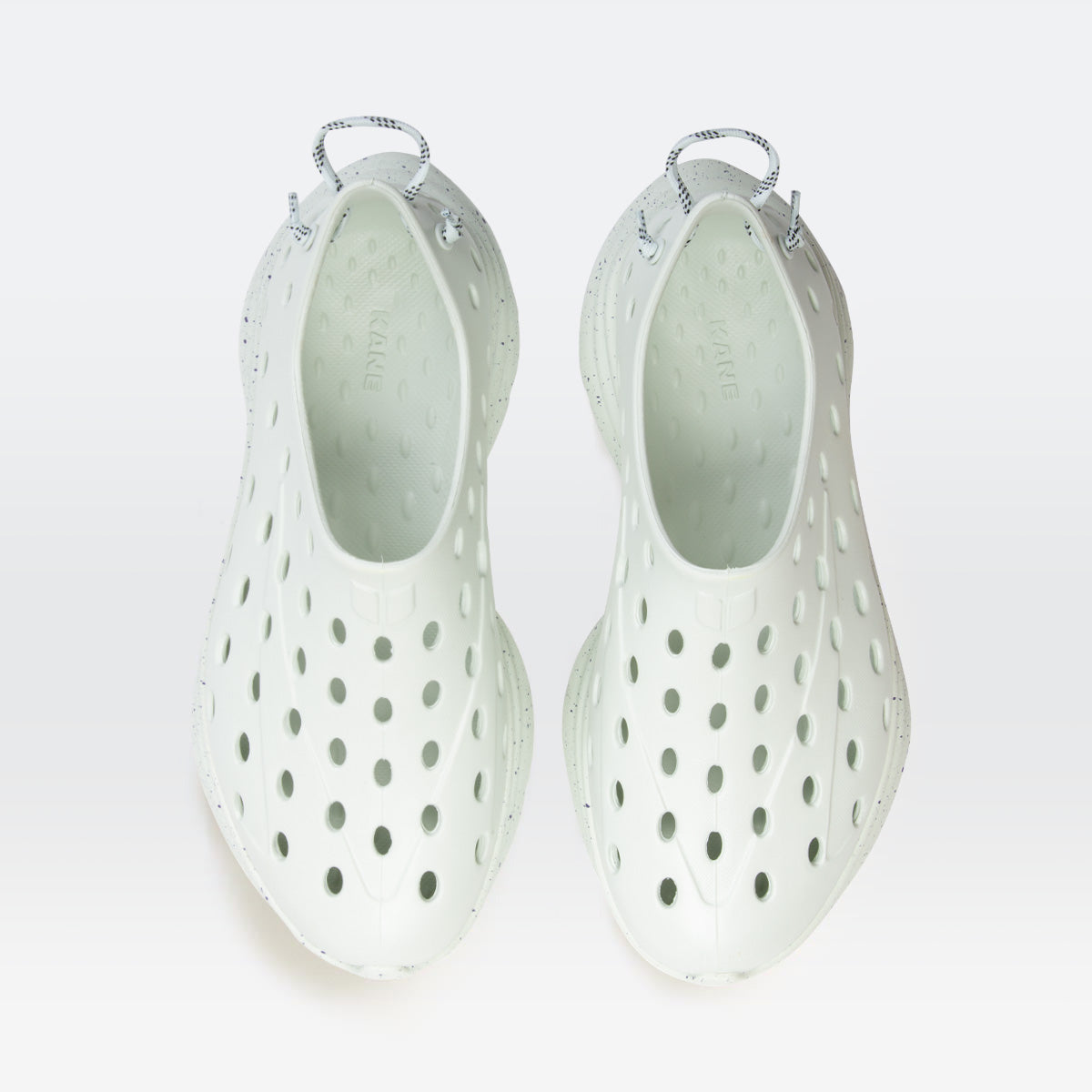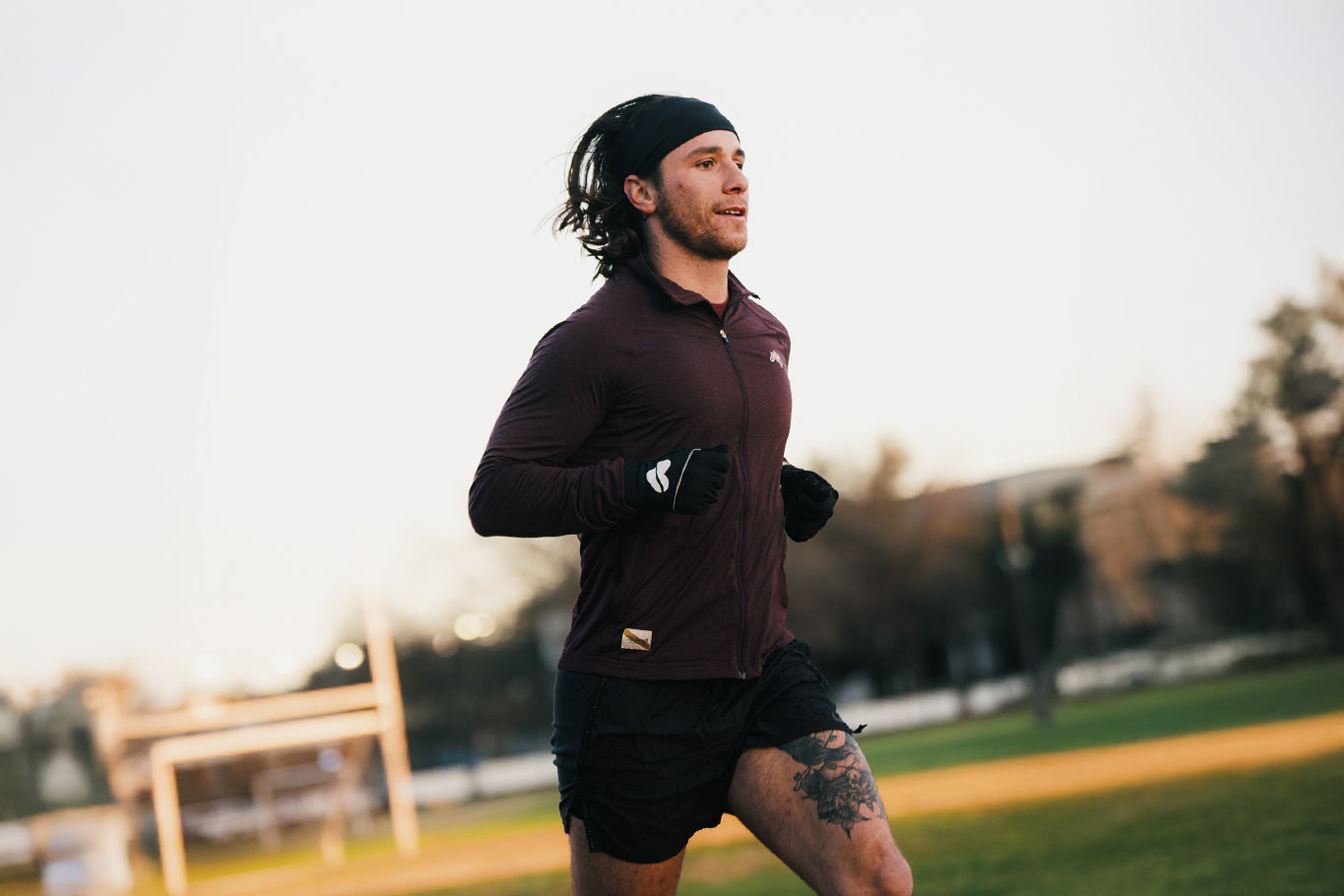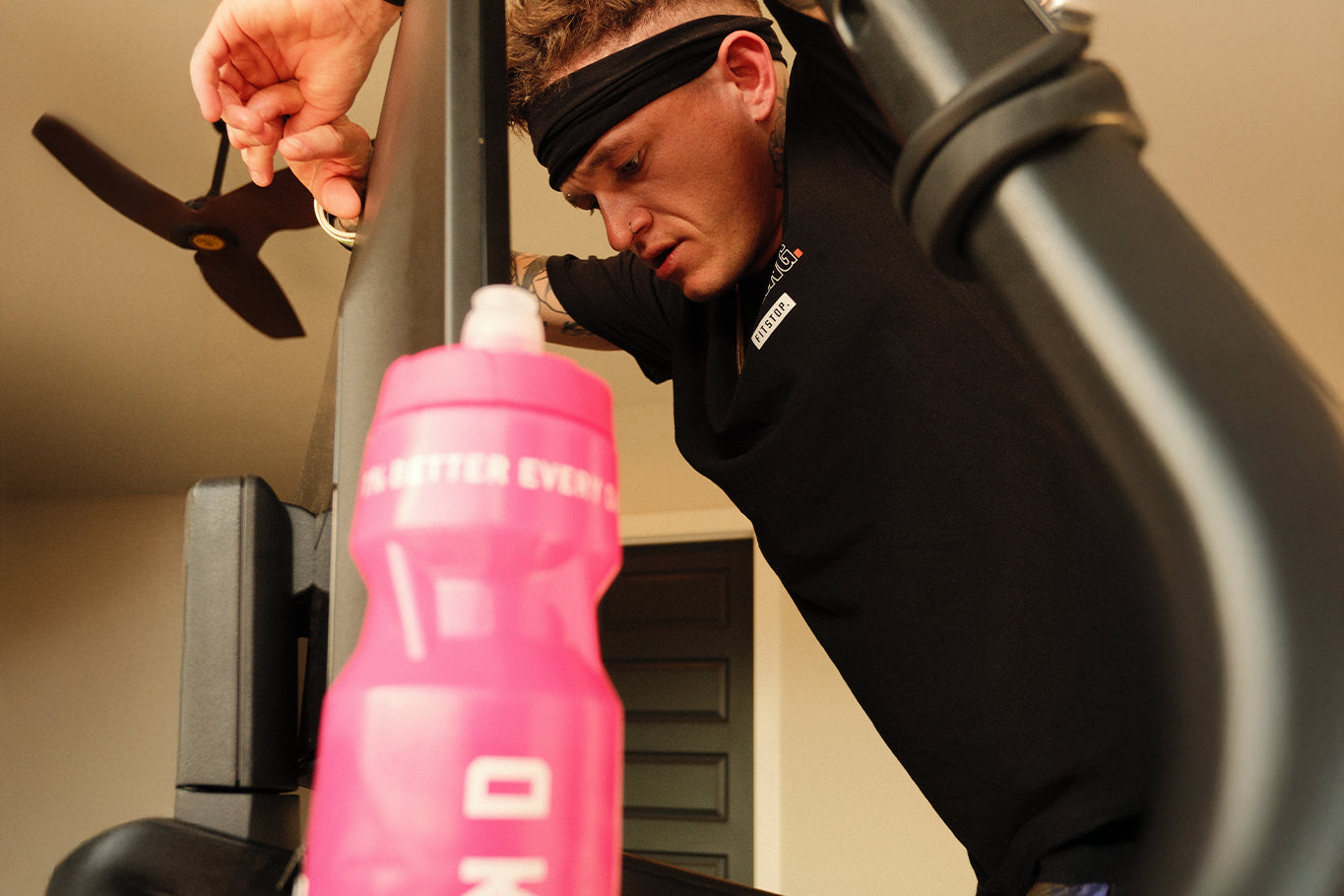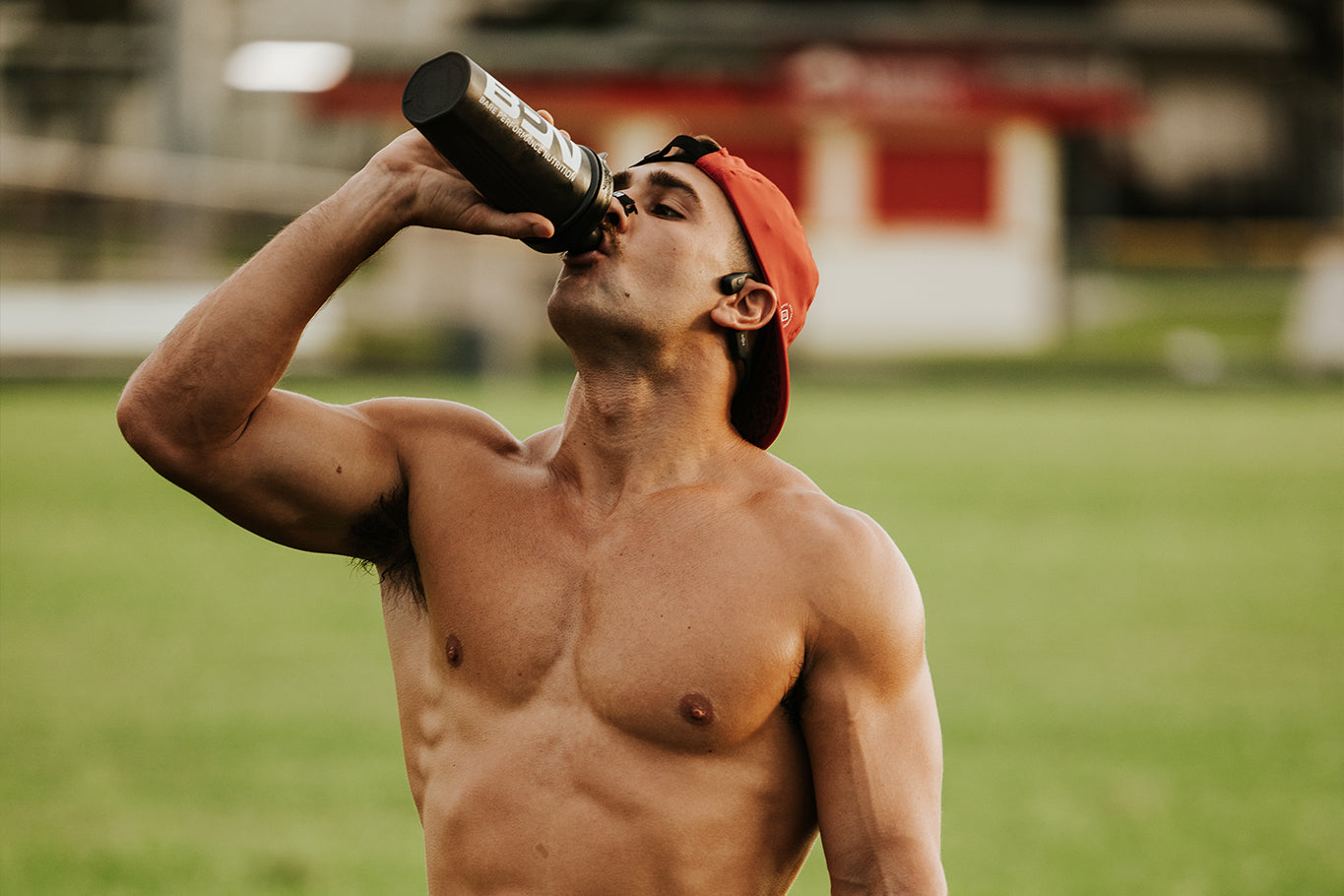Join us as we delve into the art and science of muscle recovery after leg day, exploring the best and most effective ways to ease post-exercise soreness.
From hydrating hacks to the magic of foam rolling, we'll uncover a range of strategies to help you not only survive but thrive in the wake of those demanding leg workouts. So, if you've ever wondered how to bid farewell to the "day after leg day" struggle, you're in the right place. Let the recovery journey begin.
10 tips to speed up muscle recovery after an intense leg day
Recovering from an intense leg day involves a combination of strategies to reduce muscle soreness, promote healing, and support overall recovery.
Remember, recovery is a holistic process. Combine these strategies based on your own preferences and needs for the best results after an intense leg day. If you experience persistent or severe pain, consult a healthcare or fitness professional for personalized guidance.
Here are some tips to expedite the recovery process:
1. Hydration
Adequate hydration is crucial for recovery after an intense leg day. Water plays a critical role in nutrient transportation, temperature regulation, and cellular function. It helps flush out metabolic waste products from the muscles, reducing the risk of muscle cramps and promoting efficient recovery.
2. Nutrient-rich foods
A balanced meal post-leg day should include protein for muscle repair, carbohydrates to replenish glycogen stores, and healthy fats for sustained energy. Incorporating lean protein, whole grains, fruits, and vegetables ensures a well-rounded nutrient intake to support recovery.
3. Post-workout nutrition
Consuming a post-workout snack or meal within the first hour after exercising is essential. This window is when the body is most receptive to nutrient absorption. A combination of protein and carbohydrates aids in muscle protein synthesis and glycogen replenishment.
4. Stretching
Gentle stretching enhances flexibility, helps prevent muscle stiffness, and relieves sore legs. You can focus on the major muscle groups targeted during your leg workout, holding each stretch to encourage muscle relaxation and improve range of motion.
5. Foam rolling
Using a foam roller for self-myofascial release can be beneficial in reducing muscle tightness and improving circulation. Roll over targeted areas, applying moderate pressure to release muscle knots and improve tissue mobility.
6. Cold and heat therapy
Alternating between cold and hot water can be therapeutic during leg day recovery. Cold water helps reduce inflammation and muscle soreness, while warm water promotes blood circulation, aiding nutrient delivery to the muscles and enhancing relaxation.
7. Rest and sleep
Adequate rest is paramount for recovery. Make sure you get seven to nine hours of quality sleep each night because this is when the body releases growth hormones and engages in tissue repair. Quality sleep supports overall physical and mental well-being.
8. Active recovery
Engaging in low-intensity activities like walking or cycling promotes blood flow without placing additional stress on tired muscles. Active recovery helps flush out metabolic byproducts and contributes to faster recovery and relief from leg pain.
9. Over-the-counter pain relief
You can consider non-prescription pain relievers like ibuprofen or acetaminophen for managing muscle soreness. However, follow recommended dosages to avoid potential side effects.
10. Compression wear and recovery shoes
Wearing compression garments, such as socks or leggings, can aid in reducing muscle soreness and swelling. Compression promotes blood circulation and provides external support to tired leg muscles.
Recovery shoes, also known as post-workout or post-activity shoes, are footwear specifically designed to support recovery after physical exercise or strenuous activities, including standing all day at work.
These shoes aim to provide comfort, cushioning, and support to the feet and lower limbs, helping to alleviate muscle fatigue, promote circulation, and facilitate the body's natural recovery mechanisms. Active recovery shoes typically have certain features that set them apart from regular athletic or casual footwear.
Discover Kane Recovery Shoes!
Kane’s recovery shoes provide excellent support, comfort, and durability for those in need of top-notch recuperative footwear. Featuring an adjustable hook-and-loop single strap synthetic upper, plush TPR footbed, as well as a durable injected EVA outsole, these kicks come with all the right features to assist you during your rehabilitation journey.
Aside from providing quality products, they are also committed to sustainability, having made plans to become a B Corp while dedicating 1% of their overall profits towards environmental charities.
When and how to wear Kane Revive
The best moment to wear most recovery shoes is directly after a strenuous physical activity such as running or exercising. This helps minimize inflammation and launch the healing process. To guarantee maximum comfort and effective recuperation, make sure that you are wearing your recovery footwear correctly by tying up laces securely for a snug fit around your feet.
What causes delayed onset muscle soreness?
Muscle soreness, often referred to as delayed onset muscle soreness (DOMS), is a common phenomenon that occurs after engaging in intense or unfamiliar physical activity. The precise cause of post-workout muscle soreness is multifaceted, involving several factors:
Microscopic muscle damage
Intense physical activity, especially exercises that involve eccentric muscle contractions (lengthening of the muscle under tension), can result in microscopic tears in the muscle fibers. These tiny tears initiate a process known as muscle remodeling, where the body repairs and reinforces the damaged muscle tissue.
Inflammation
The microscopic muscle damage triggers an inflammatory response as part of the body's natural healing process. Immune cells, such as white blood cells, are recruited to the affected area. Inflammatory substances, including prostaglandins and cytokines, are released, contributing to the soreness and pain associated with muscle recovery.
Lactic acid buildup
While lactic acid is often incorrectly blamed for muscle soreness, it does play a role in the discomfort felt during and immediately after intense exercise. Lactate, a byproduct of anaerobic metabolism, can accumulate in muscles, leading to temporary muscle fatigue and a burning sensation. However, lactate levels return to baseline relatively quickly after exercise.
Delayed onset
Delayed onset muscle soreness (DOMS) typically peaks 24 to 48 hours after strenuous exercise. The delayed nature of DOMS suggests that factors beyond immediate fatigue contribute to muscle soreness. In particular, the inflammatory response and the process of repairing and rebuilding damaged muscle fibers are ongoing during this period.
Connective tissue damage
Intense exercise can cause microtrauma to the connective tissues surrounding muscles, including tendons and fascia. This additional stress on the supportive structures contributes to the overall sensation of soreness and stiffness.
Understanding these physiological processes sheds light on the complexity of muscle soreness. While it might be uncomfortable, this soreness is a natural and necessary part of the body's adaptation to increased physical demands.
Proper warm-up, gradual progression in exercise intensity, and incorporating effective recovery strategies can help manage and minimize the impact of muscle soreness on overall well-being.
Tips to avoid delayed onset muscle soreness
While delayed onset muscle pain can go hand in hand with rigorous exercise, there are steps you can take to help minimize its intensity and duration. Here are some tips to consider:
Gradual progression
Sudden spikes in exercise intensity can lead to more pronounced muscle soreness. Gradually increase the weight, duration, or intensity of your workouts to allow your muscles and connective tissues to adapt. This approach helps minimize the stress on your muscles and reduces the risk of significant soreness.
Proper warm-up
A dynamic warm-up before your workout is crucial. It increases blood flow, raises muscle temperature, and enhances flexibility. By priming your muscles for activity, a proper warm-up helps reduce the likelihood of exercise-induced muscle damage and minimizes the severity of DOMS.
Cool down
A cool-down session post-workout is equally essential. Gentle stretching and low-intensity exercises help your body transition from high-intensity activity to a resting state. This can prevent muscle stiffness and contribute to a smoother recovery process.
Hydration
Dehydration can exacerbate acute muscle soreness. Ensure you're adequately hydrated before, during, and after your workout. Water supports various physiological processes, including those related to muscle function and recovery.
Adequate protein intake
Protein is the building block of muscles. Consuming adequate protein supports muscle repair and helps maximize muscle growth. Aim for protein-rich foods like lean meats, dairy, legumes, and nuts to provide essential amino acids necessary for recovery.
Nutrient-rich diet
A balanced diet rich in vitamins and minerals is essential for overall health and recovery. Nutrients such as vitamin C, vitamin E, and omega-3 fatty acids have anti-inflammatory properties that may help reduce the impact of muscle soreness.
Post-workout nutrition
Consuming a post-workout meal or snack that combines protein and carbohydrates is beneficial. This aids in replenishing glycogen stores and initiating muscle protein synthesis, contributing to the repair and recovery of muscle tissues.
Foam rolling and massage
Foam rolling or self-myofascial release can help alleviate muscle tightness and improve flexibility. Massage, whether self-administered or professionally done, can enhance blood circulation and reduce muscle tension, potentially mitigating the intensity of DOMS.
Active recovery
On days following intense workouts, engage in low-impact activities to relieve sore muscles. Active recovery, like walking or cycling, promotes blood flow without subjecting your muscles to additional stress. This gentle movement can aid in flushing out metabolic byproducts, reducing soreness and supporting recovery.
Adequate sleep
Quality sleep is crucial to help tight muscles recover. During sleep, the body releases growth hormone, which plays a key role in tissue repair and regeneration. Lack of sleep can impede these processes, potentially amplifying the feeling of soreness.
Frequently asked questions
What is the fastest way to recover from leg day?
The quickest way to recover from leg day involves a combination of hydration, proper nutrition, and rest. Hydrate well to replenish fluids lost during exercise, consume a post-workout meal rich in protein and carbohydrates for muscle repair, and prioritize adequate sleep.
Light activities, like walking, can promote blood circulation without straining fatigued muscles. Incorporating stretching and using a foam roller may also alleviate muscle tightness. Fast-tracking recovery means allowing your body the time and resources it needs to bounce back so you're ready to tackle your next leg day with enthusiasm.
How long should you rest after leg day?
The duration of rest after leg day can vary based on factors such as the intensity of the workout, individual fitness levels, and personal recovery capacity. Generally, allowing at least 48 hours of rest is recommended before targeting the same muscle group with intense resistance training.
This rest period gives your muscles time to repair and recover from the stress of the workout, reducing the risk of overtraining and promoting overall muscle health. During this recovery period, engaging in low-intensity activities like walking or light stretching can enhance blood circulation without placing excessive strain on tired muscles.
However, individual responses to exercise and recovery may vary. Listen to your body—if you still feel significant post-workout soreness or fatigue after 48 hours, consider extending your rest period.
Consistency in providing adequate recovery time is essential for preventing injuries, optimizing performance, and ensuring long-term fitness progress. Consulting with a fitness professional or healthcare provider can provide personalized guidance if you have specific concerns or training goals.
What helps soreness after leg day?
Consider hydration, gentle stretching, and applying cold or heat therapy to alleviate acute soreness after leg day.
Adequate hydration aids recovery, while stretching eases muscle tightness. Cold packs can reduce inflammation, and warm compresses or baths can promote blood flow, helping soothe extreme soreness. Also, consider over-the-counter pain relievers if needed, and allow ample time for rest to support your body's natural healing process.
Why can't I walk after leg day?
Difficulty walking after leg day is often a result of microscopic muscle damage caused by intense exercise. Eccentric contractions, common in leg workouts, can lead to tiny tears in muscle fibers. The body's natural response includes inflammation, resulting in swelling and leg soreness.
Lactic acid, though not the main culprit, accumulates during vigorous exercise and contributes to temporary fatigue and discomfort. Stress on connective tissues such as tendons and fascia also adds to the overall soreness.
Hydration is crucial in relieving sore muscles, as insufficient fluid intake can exacerbate muscle soreness. Adequate rest allows the body to initiate repair processes, and gentle movements or stretching can improve flexibility and alleviate stiffness.
While uncomfortable, post-leg day soreness is typically transient. If it's severe or persistent, seek advice from a healthcare professional.



